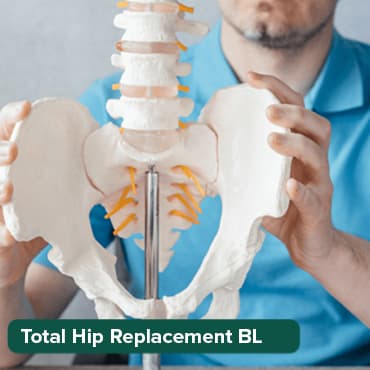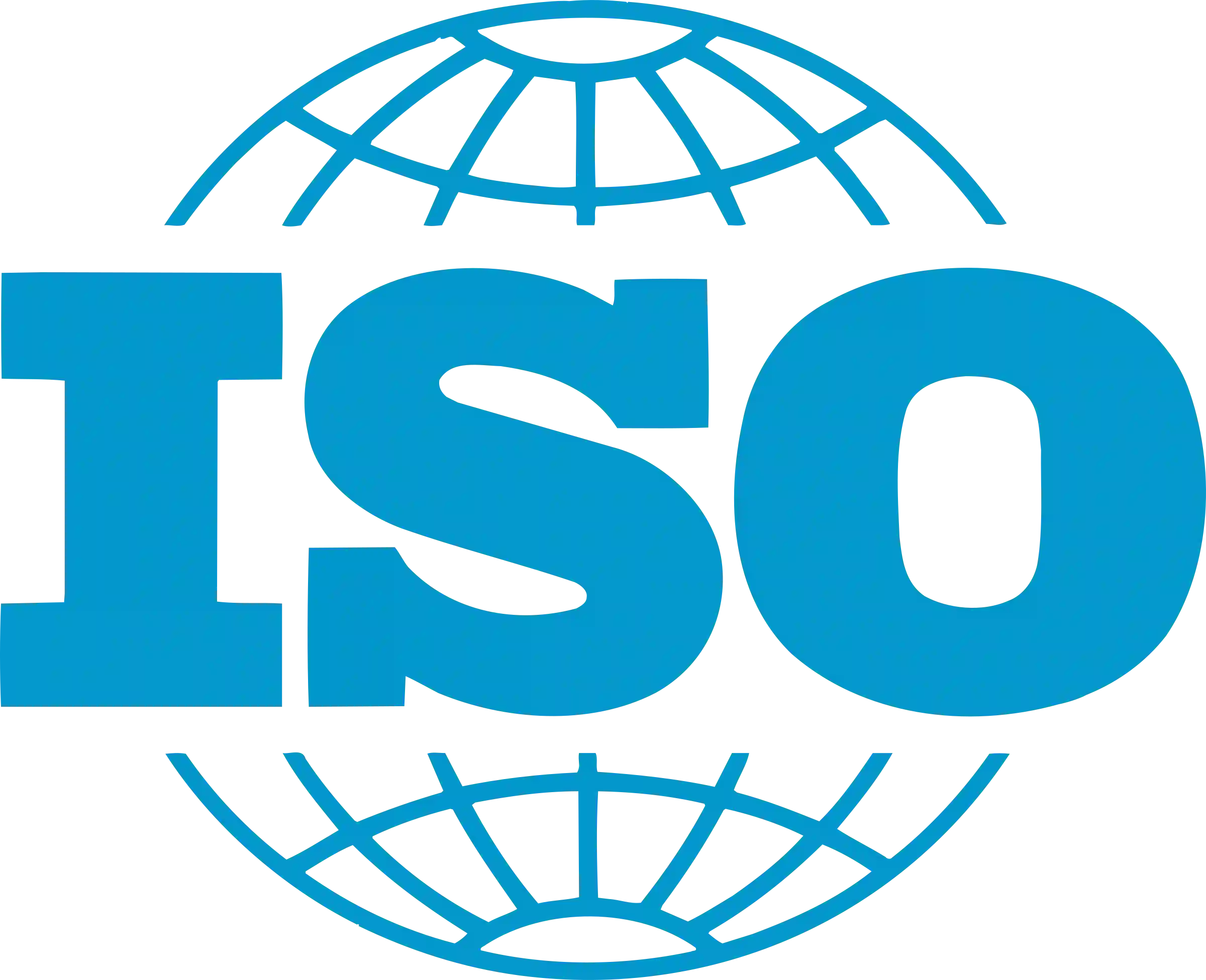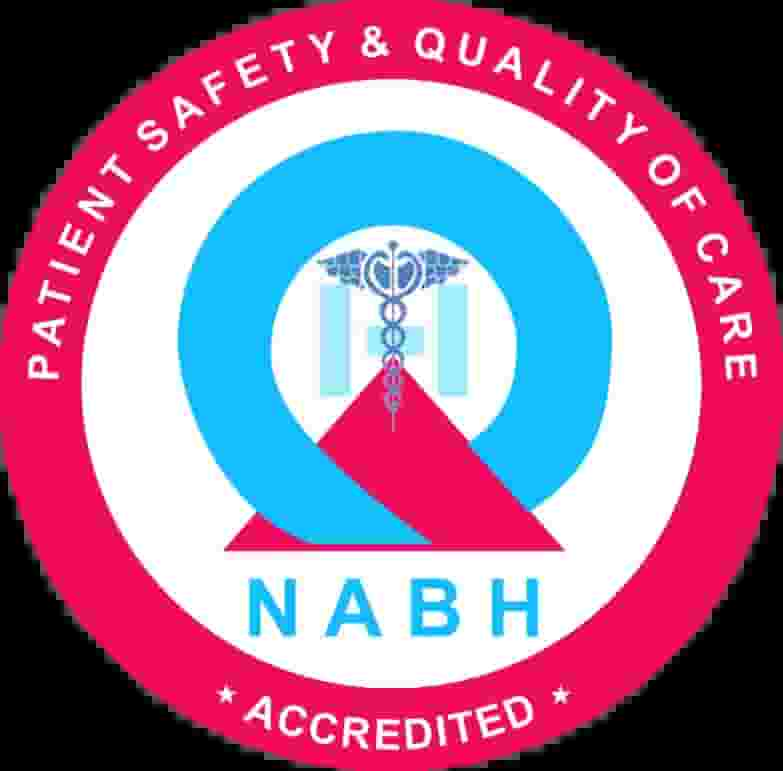
Early Signs of Breast Cancer: Recognizing the Warning Signals
02 Nov, 2023
 Healthtrip
HealthtripBreast cancer is a formidable adversary that affects millions of individuals worldwide. The key to successfully combating this disease lies in early detection, which can significantly improve treatment outcomes. Understanding the early signs of breast cancer is crucial in this regard. In this blog, we will delve into the topic, shedding light on the warning signals that every person should be aware of.
Why Early Detection Matters?
Before we delve into the early signs of breast cancer, it's essential to emphasize the importance of early detection. Breast cancer, when detected at an early stage, is often more treatable and associated with a higher survival rate. Regular screening and awareness of potential warning signals can make a significant difference in the outcome of the disease.
Transform Your Beauty, Boost Your Confidence
Find the right cosmetic procedure for your needs.

We specialize in a wide range of cosmetic procedures

1. Changes in Breast Shape or Size
One of the earliest signs of breast cancer can be changes in the shape or size of the breast. If you notice one breast becoming larger or lower than the other, or if you observe an unexplained change in your breast's contour, it's advisable to consult a healthcare professional for a thorough evaluation.
2. Breast Pain or Discomfort
Breast pain can have various causes, including hormonal fluctuations, but persistent or unexplained breast pain should not be ignored. While breast cancer is not typically associated with pain, some individuals with breast cancer may experience discomfort. Any persistent breast pain should prompt a medical evaluation to rule out underlying issues.
3. Lumps or Thickening
One of the most common early signs of breast cancer is the presence of lumps or thickening in the breast tissue. These can be detected during self-examinations or by a healthcare provider during clinical breast exams. While most breast lumps are benign, it's crucial to have any unusual findings evaluated to rule out cancer.
4. Changes in the Skin
Changes in the skin of the breast can also be indicative of breast cancer. Look for redness, dimpling, or puckering of the skin. In some cases, the breast may appear to be inflamed or have an orange peel texture. If you notice any of these skin changes, it's essential to seek medical advice promptly.
5. Nipple Changes
Changes in the nipples can be early warning signs of breast cancer. This includes nipple inversion (when the nipple turns inward), discharge, or skin changes around the nipple area. If you notice any of these changes, consult a healthcare professional for a thorough evaluation.
6. Swelling in the Armpit or Collarbone
Breast cancer can spread to nearby lymph nodes, leading to swelling in the armpit or collarbone area. While swollen lymph nodes can have various causes, persistent or unexplained swelling in these areas should be assessed by a medical professional.
Most popular procedures in
Total Hip Replacemen
Upto 80% off
90% Rated
Satisfactory

Total Hip Replacemen
Upto 80% off
90% Rated
Satisfactory

Breast Cancer Surger
Upto 80% off
90% Rated
Satisfactory

Total Knee Replaceme
Upto 80% off
90% Rated
Satisfactory

Total Knee Replaceme
Upto 80% off
90% Rated
Satisfactory

7. Unexplained Weight Loss
Unintended weight loss can be a sign of advanced breast cancer. If you experience significant weight loss without changes in diet or physical activity, it's important to consult a healthcare provider for a thorough evaluation.
8. Changes in Breast Sensation
Some individuals with breast cancer report changes in sensation, such as tingling or a feeling of warmth in the breast. While these symptoms are less common, they should not be disregarded, and a medical evaluation is warranted.
9. Family History and Genetic Risk
Understanding your family history is essential. If you have close relatives who have been diagnosed with breast cancer, particularly at a young age, you may have an increased risk. Additionally, certain genetic mutations, such as BRCA1 and BRCA2, can predispose individuals to breast cancer. Genetic counseling and testing can help assess your risk.
10. Regular Screening
While being vigilant about the warning signs of breast cancer is important, regular screening, including mammograms, remains one of the most effective methods of early detection. Mammograms can detect breast cancer at an early stage, often before any noticeable symptoms arise. It is recommended that individuals follow the screening guidelines provided by healthcare professionals and organizations.
Early Detection and Risk Reduction
In addition to recognizing the early signs of breast cancer, it's important to take proactive steps to reduce your risk of developing the disease. Here are some strategies to consider:
1. Healthy Lifestyle Choices
Maintaining a healthy lifestyle can reduce your risk of breast cancer. This includes regular exercise, a balanced diet rich in fruits and vegetables, limited alcohol consumption, and avoiding tobacco products. Obesity is linked to an increased risk of breast cancer, so maintaining a healthy weight is crucial.
2. Regular Self-Examinations
Performing regular breast self-examinations is a simple but essential practice. It allows you to become familiar with the normal look and feel of your breasts, making it easier to notice any changes. While self-exams may not detect all breast cancers, they can be a valuable tool in early detection.
3. Clinical Breast Exams
In addition to self-exams, clinical breast exams by a healthcare provider should be part of your regular healthcare routine. These exams are typically performed during your routine check-ups and can help detect abnormalities that you might not notice on your own.
4. Mammograms
Mammography is a vital screening tool for breast cancer, especially for women over 40. The American Cancer Society recommends annual mammograms for women aged 45 to 54 and biennial screenings for those 55 and older. However, the timing and frequency of mammograms may vary depending on individual risk factors and healthcare guidelines, so consult with your healthcare provider to determine the best screening schedule for you.
5. Genetic Counseling and Testing
If you have a family history of breast cancer or other risk factors, consider genetic counseling and testing. Identifying specific genetic mutations that increase your risk can help you and your healthcare provider make informed decisions about prevention and screening.
6. Hormone Replacement Therapy
Hormone replacement therapy (HRT) for menopausal symptoms has been associated with an increased risk of breast cancer. If you are considering HRT, discuss the risks and benefits with your healthcare provider and explore alternative treatments or therapies.
7. Stay Informed
Breast cancer research is ongoing, and recommendations for screening and risk reduction may change. Stay informed about the latest developments in breast cancer prevention and detection by consulting trusted sources and discussing your concerns with healthcare professionals.
8. Support and Awareness
Breast cancer awareness and support groups can be invaluable resources for those affected by the disease. Connecting with others who have experienced breast cancer can provide emotional support, share information, and empower individuals to take charge of their breast health.
In conclusion, early detection of breast cancer can significantly impact the outcome of the disease, making it essential to be aware of the warning signals and take proactive measures to reduce your risk. Remember that every individual's risk profile is unique, so working closely with your healthcare provider to develop a personalized screening and prevention plan is key. By staying informed, adopting a healthy lifestyle, and being vigilant about your breast health, you can empower yourself to take control of your well-being and reduce the impact of breast cancer on your life.
Wellness Treatment
Give yourself the time to relax
Lowest Prices Guaranteed!

Lowest Prices Guaranteed!





